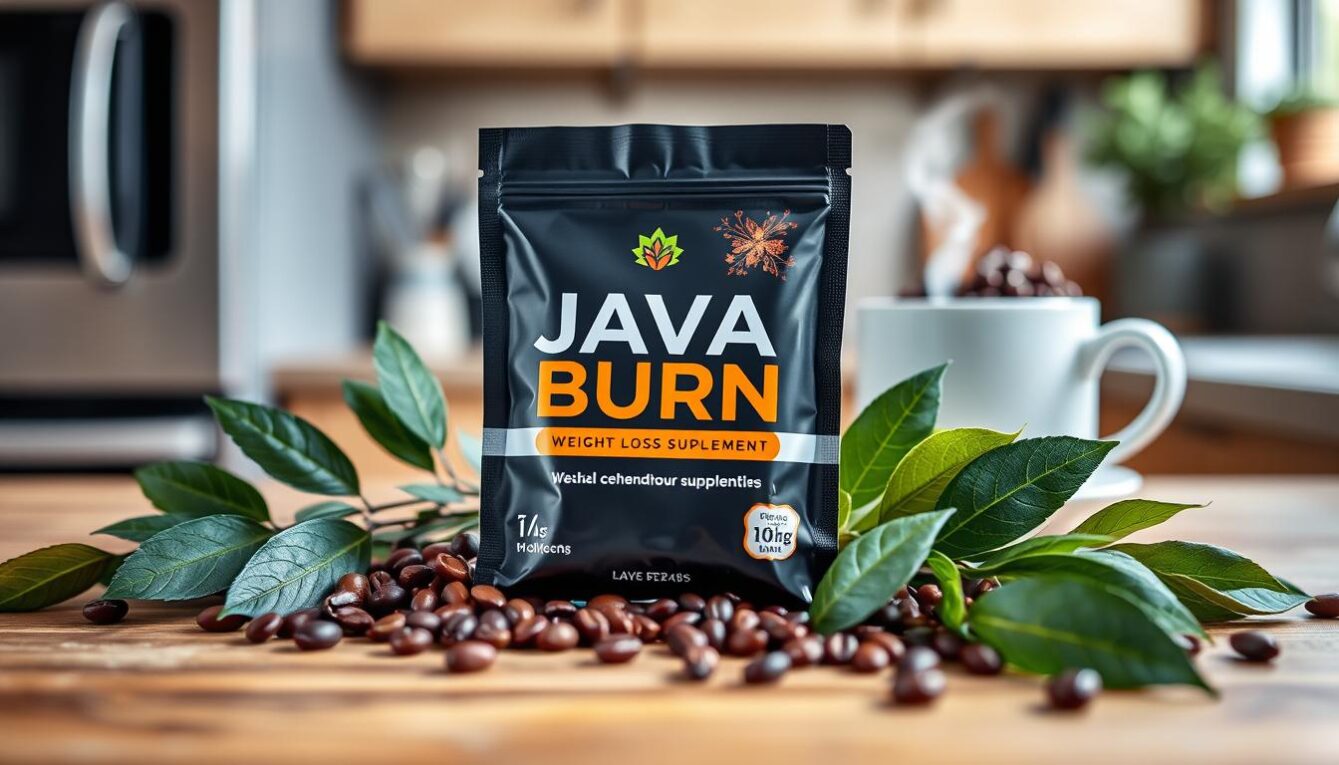As men age beyond 50, maintaining physical fitness becomes increasingly crucial not just for general health but specifically for prostate wellness. The connection between regular exercise and prostate health is vital, and understanding this link can be a game-changer for men in their 50s and beyond.
Scientific evidence shows that staying physically active after 50 can significantly reduce the risk factors associated with common prostate problems. By incorporating a mix of cardiovascular exercise and strength training into your routine, you can improve your overall health and enhance your quality of life.
Key Takeaways
- Regular exercise supports prostate health and reduces the risk of prostate problems.
- A combination of aerobic exercise and strength training benefits overall health.
- Physical activity after 50 can significantly improve quality of life.
- Consulting a doctor before starting any new exercise regimen is essential.
- A well-planned fitness routine can be sustainable and enjoyable.
The Connection Between Fitness and Prostate Health
The relationship between physical activity and prostate health is becoming increasingly evident as research continues to unfold. Studies have shown that regular exercise not only improves overall health but also plays a crucial role in preventing prostate-related issues.

Understanding Prostate Health Challenges After 50
After age 50, men face increased vulnerability to prostate health challenges, including conditions like benign prostatic hyperplasia (BPH), prostatitis, and prostate cancer. The prostate gland naturally enlarges with age, leading to symptoms such as frequent urination, weak urine flow, and difficulty emptying the bladder. These issues significantly impact the quality of life for many men.
How Exercise Reduces Prostate Health Risks
Scientific studies, including the landmark Health Professionals Follow-up Study, have demonstrated that men who exercise regularly experience a lower risk of developing BPH and are 20% less likely to experience erectile dysfunction. Regular physical activity reduces inflammation, maintains healthy hormone levels, and improves blood circulation, all beneficial for prostate health. Exercise also contributes to weight management, reducing the risk of aggressive prostate cancer.
By incorporating regular exercise into their lifestyle, men can significantly reduce their risk of prostate-related health issues. It’s essential for men with existing prostate conditions to consult with their doctor before starting any new exercise program to ensure it won’t exacerbate their symptoms.
Cardiovascular Exercise for Better Prostate Function
Improving cardiovascular health can significantly contribute to better prostate health. Engaging in regular cardio exercises not only enhances overall well-being but also supports prostate function by improving blood circulation and reducing inflammation.

Recommended Cardio Activities for Men Over 50
For men over 50, certain types of low-impact cardio activities are particularly beneficial. These include walking, swimming, cycling, water aerobics, and elliptical training. Such activities provide excellent cardiovascular benefits while minimizing stress on aging joints.
Other enjoyable cardio exercises that can support prostate health include jogging, hiking, kickboxing, dancingand. The key is to choose activities that you enjoy and that increase your heart rate, thereby improving blood flow and circulation throughout your body.
Creating an Effective Cardio Routine
To maximize the benefits of cardio for prostate health, consistency is more important than intensity. Aim for at least 150 minutes of moderate-intensity aerobic exercise per week, which can be broken down into 30-minute sessions, five days a week.
When starting a new cardio routine, it’s advisable to gradually increase duration before intensity. Begin with 10-15 minutes per session and add 5 minutes each week until you reach the recommended 30 minutes or more. Monitoring your heart rate during exercise can also help ensure you’re working at the right intensity.
For most men over 50, a target heart rate of 50-75% of their maximum heart rate provides the optimal training zone. This can be roughly calculated as 220 minus your age. Incorporating interval training can also maximize cardiovascular benefits in less time, making it an efficient option for busy men.
Strength Training to Support Prostate Health
A comprehensive strength training program can play a vital role in maintaining prostate health and reducing the risk of prostate-related issues. By incorporating specific exercises that target the lower body and muscles surrounding the pelvic area, men can help protect their prostate.
Lower Body Exercises That Benefit the Prostate
Lower body exercises are particularly beneficial for prostate health as they engage the muscles surrounding the prostate, improving blood flow to the pelvic region. Examples of effective lower body exercises include squats, lunges, step-ups, deadlifts, and leg press. These exercises should be performed with proper form and controlled movements to avoid straining the pelvic floor.
Core Strengthening for Reduced Prostate Pressure
Strengthening the core can be particularly beneficial for men experiencing symptoms of BPH (Benign Prostatic Hyperplasia), as a strong core can help alleviate pressure on the bladder and surrounding organs. Effective core exercises include planks, bridges, leg raises, Russian twists, and bird dogs. Incorporating these exercises into a strength training routine can help stabilize the lower back and pelvic region, creating better support for the prostate.
Aim for at least 2-3 strength training sessions per week, with scheduled recovery days in between. This allows muscles to recover and adapt, minimizing the risk of injury and ensuring continued improvement in prostate health.
Specialized Exercises for How to Stay Fit After 50 and Support Prostate Health
Specialized exercises offer a targeted approach to supporting prostate health in men over 50. These exercises are designed to complement traditional cardio and strength training workouts, providing additional benefits for overall pelvic health.
Kegel Exercises: A Step-by-Step Guide
Kegel exercises are simple yet effective for men looking to protect their prostate health. By engaging in Kegels, men can strengthen the muscles that support bladder and bowel movements, while also preserving sexual function. To perform Kegel movements, begin by contracting your pelvic floor muscles and holding for 5 seconds, feeling as if you’re holding the flow of urine.
Aim for 3-4 sets of 10-20 Kegels per day. Another variation is quick pulses, which involve squeezing and releasing your pelvic floor muscles in a rapid, repeated fashion. Start with sets of 15-20 pulses and gradually increase as you become more accustomed.
| Kegel Exercise Type | Description | Repetitions |
|---|---|---|
| Basic Kegels | Contract and hold the pelvic floor muscles | 10-20 |
| Quick Pulses | Squeeze and release the pelvic floor muscles rapidly | 15-20 |
Yoga Poses That Support Pelvic Health
Yoga can be another game changer for men experiencing symptoms of an enlarged prostate. Ideal yoga poses for men seeking to enhance their prostate health include: Child’s Pose, Cobra Pose, Hero Pose, Cobbler Pose, Bow Pose, and Head-to-Knee Pose.
These yoga poses not only help increase your range of motion and flexibility but also strengthen and support vital pelvic floor muscles. When practicing yoga for prostate health, focus on deep breathing and relaxation during poses, holding each position for 30-60 seconds while maintaining awareness of the pelvic floor to maximize benefits.
- Child’s Pose: Helps release tension in the pelvic region.
- Cobra Pose: Strengthens the back muscles and improves flexibility.
- Hero Pose: Supports pelvic health and improves posture.
Lifestyle Factors That Complement Exercise
In addition to regular exercise, certain lifestyle factors can significantly enhance prostate health for men over 50. A comprehensive approach to health includes both physical activity and other lifestyle adjustments that support overall well-being.
Dietary Recommendations for Prostate Health
Dietary choices play a crucial role in supporting prostate health. The Mediterranean diet, rich in fruits, vegetables, whole grains, and healthy fats, is particularly beneficial. This diet includes moderate amounts of seafood and low amounts of dairy and red meat. It’s also important to limit consumption of charred or well-done meats, as they contain compounds that may increase cancer risk. Foods high in antioxidants, such as tomatoes and cruciferous vegetables like broccoli and cauliflower, can provide additional protection against prostate cancer.
The Importance of Vitamin D and Sun Exposure
Vitamin D plays a significant role in maintaining prostate health and overall well-being. Moderate sun exposure, about 15-20 minutes daily, is a natural way to boost Vitamin D levels. This vitamin not only supports prostate health but also contributes to heart health and the proper functioning of the kidneys and pancreas. For individuals with limited sun exposure, Vitamin D supplementation may be necessary, but it should be guided by healthcare provider recommendations based on blood testing.
Conclusion: Creating Your Prostate-Friendly Fitness Plan
A prostate-friendly fitness plan requires careful consideration of individual health goals and existing prostate conditions. To create an effective plan, men over 50 should consult with their doctor, especially if they have existing prostate issues like BPH or have been treated for prostate cancer.
A well-rounded routine should include 150 minutes of moderate cardiovascular exercise, 2-3 strength training sessions, and daily pelvic floor exercises. It’s essential to start gradually and build consistency before intensity.
Men should listen to their bodies and adjust their workout routine accordingly. Tracking progress and considering working with a fitness professional can also be beneficial. The key is to create a sustainable and enjoyable routine that supports overall health and well-being.
By following these guidelines and maintaining a consistent exercise routine, men can improve their prostate health and reduce the risk of prostate problems.













